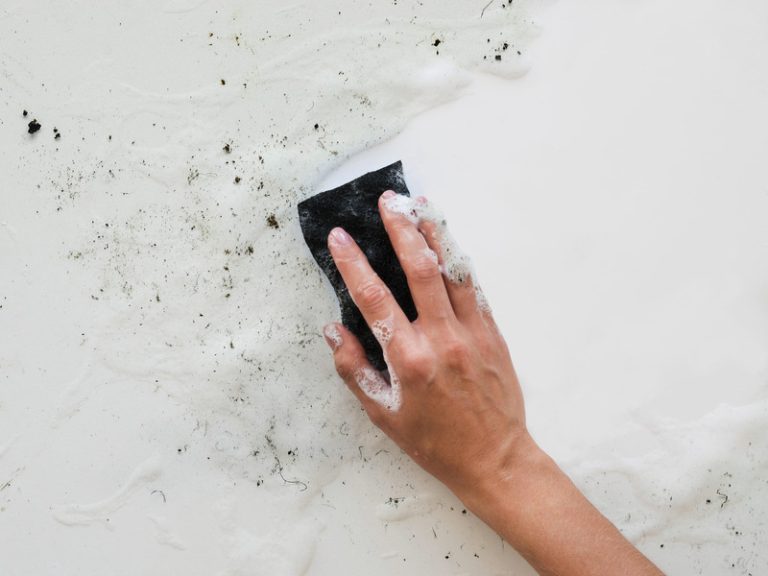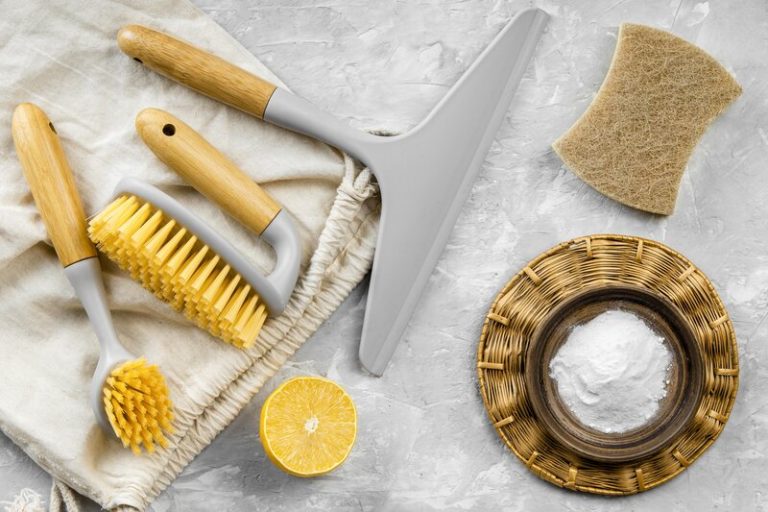When it comes to carpets, knowing how to remove any stain from carpet is crucial for maintaining their beauty and longevity. Stains from spills, pet mishaps, or muddy shoes can mar even the most luxurious flooring, making it essential to tackle these issues promptly.
This guide will explore different types of stains, effective removal techniques, and the best tools to restore your carpets to their original glory. We’ll also share valuable tips for dealing with particularly stubborn stains and preventative measures to keep your carpets looking fresh.
Understanding these methods not only enhances the aesthetic of your home but also extends the life of your carpet, ensuring it remains a welcoming feature in your living space.
Types of Carpet Stains
Understanding the various types of carpet stains is crucial for effective carpet cleaning and maintaining the integrity of your flooring. These include:
a. Water-Based Stains
Water-based stains, like those from coffee or red wine, are generally easier to remove compared to other types. Homeowners can quickly tackle these stains by acting fast and using appropriate solutions.
For example, a mixture of equal parts white vinegar and water can effectively lift stains. By blotting the area gently, applying the solution, and rinsing, you can efficiently remove any stain from carpet while maintaining its integrity.
b. Oil-Based Stains
Oil-based stains, such as those from grease, can be challenging due to their complex nature. To effectively remove these stains, using enzyme cleaners designed for oil breakdown is recommended.
Start by gently blotting the stain to absorb excess material, then apply the enzyme cleaner as instructed. With this method, even tough oil-based stains can be effectively eliminated, ensuring your carpet looks fresh and clean.
c. Protein-Based Stains
Protein-based stains, like blood or pet messes, require special attention to avoid setting the stain in the fibres. It’s important to use cold water when cleaning these stains, as hot water can cause proteins to bond with the carpet.
Blot the stain to remove as much as possible, then apply a specialized cleaner. Following up with cold water will help remove any remaining residue, making it easier to remove any stain from carpet effectively.
d. Tannin-Based Stains
Tannin-based stains, from substances like red wine or tea, can be problematic if not treated quickly. To effectively combat these stains, use enzyme-based cleaners that break down tannins.
Blot the stain with a clean cloth, apply a water and vinegar mixture, and rinse with cold water. Acting promptly and using the right solutions will enhance your chances of removing any stain from carpet before it sets.
e. Combination stains
Combination stains can be the toughest to clean, requiring a strategic approach. Begin by identifying the stain components to guide your cleaning method. Blot the stain gently and use cold water for protein-based elements.
For oily components, a mild detergent with warm water can help. Rinsing thoroughly ensures no residue remains, preventing future re-soiling. By tailoring your approach, you can effectively remove any stain from carpet, restoring its beauty.
Tools and Materials for Removing Stains
To effectively remove carpet stains, having the right tools and materials is essential, as they can significantly enhance your cleaning efforts. Key items such as:
a. Cleaning Solution
Choosing the right cleaning solution is vital for successfully removing any stain from carpet. Different stains require specific treatments based on their nature and the carpet fibres involved.
Popular DIY options like vinegar and bicarbonate of soda are effective and eco-friendly, breaking down grime without harsh chemicals. For tougher stains, enzyme cleaners target organic material, making them an excellent choice for food spills and biological stains.
b. White Cloth or Paper Towels
Using absorbent white cloths or paper towels is crucial when dealing with carpet stains, as they help minimise colour transfer and enhance the blotting technique. These materials prevent dye from bleeding into the carpet and offer better visibility of the stain.
Before applying any cleaning solution, ensure you have these cloths handy to efficiently remove any stain from carpet while preserving its integrity and preventing further discolouration.
c. Spray Bottle
A spray bottle is an essential tool for evenly applying cleaning solutions when treating carpet stains. It allows for precise application, enhancing cleaning efficiency. For light stains, a fine mist works well, while tougher stains may require a more direct spray.
Select a sturdy plastic or glass bottle with adjustable nozzles for versatility, making it easier to remove any stain from carpet effectively while maximising absorption.
d. Scrub Brush
A scrubbing brush is invaluable for agitating carpet fibres and lifting stains during the cleaning process. The right brush significantly improves cleaning effectiveness, especially on stubborn stains. Nylon bristle brushes work well on synthetic carpets, while soft-bristle options are ideal for delicate materials.
Pre-treat the stain, then use a gentle back-and-forth motion with the brush to remove any stain from carpet, prolonging its life in the process.
e. Vacuum Cleaner
A vacuum cleaner plays a vital role in the final step of carpet cleaning, helping to remove residual cleaning solutions and dirt. Regular vacuuming enhances carpet appearance and extends its lifespan by eliminating debris that could cause new stains.
Choose a vacuum suited to your carpet type and equipped with a HEPA filter for better air quality. Incorporating this tool into your routine will greatly assist in keeping your carpets clean and free from stains.
Step-by-Step Guide to Removing Stains
A step-by-step guide to removing stains from carpets can provide clarity and structure to your cleaning process, ensuring effective results. This guide will cover essential actions such as:
a. Blot the Stain
The first essential step in stain removal is blotting. Gently blotting the affected area with an absorbent cloth can prevent the stain from setting further. Avoid rubbing, as this may push the stain deeper into the fibres.
Using microfibre towels or cotton cloths provides the best results, allowing you to lift and remove any stain from carpet without spreading it.
b. Apply Cleaning Solution
After blotting, apply a suitable cleaning solution based on the type of stain. Liquid spills generally respond well to a mild detergent and warm water mix, while tougher stains like grease may require a stronger degreaser.
Apply the solution using a spray bottle, ensuring even coverage. This method not only targets stains effectively but also enhances the carpet’s overall cleanliness.
c. Scrub the Stain
Once the cleaning solution is applied, gently scrub the area with a soft-bristle brush to lift the stain from the carpet fibres. Choose a brush that suits the stain type and test it on an inconspicuous area first.
Use circular motions to loosen any stubborn residue, then blot with a clean cloth to remove any stain from carpet, achieving a thorough clean.
d. Rinse and Repeat
After scrubbing, rinse the area with clean water to remove any cleaning residue that might attract dirt. Proper rinsing is essential, as leftover chemicals can worsen the stain over time.
For best results, repeat the rinsing process if necessary, ensuring the area is residue-free and ready for drying. This step is key for a spotless carpet.
e. Dry the Area
Drying is crucial to prevent mould and mildew. Use a vacuum cleaner with a water recovery feature for efficient drying, or simply air-dry the area with good ventilation.
To further prevent moisture-related issues, vacuum slowly to extract maximum moisture. With proper drying, you’ll maintain the carpet’s health and cleanliness for longer.
Tips and Tricks for Stubborn Stains
Understanding the nuances of stain removal can enhance your cleaning strategy. If stains persist, consider insights from sustainable agriculture and plant biology to explore natural cleaning alternatives that align with eco-friendly practices.
Dealing with stubborn stains can be frustrating, but employing certain tips and tricks can significantly enhance your chances of successful removal. Utilise DIY solutions, such as bicarbonate of soda paste or an enzyme cleaner, along with specific cleaning tips tailored for tough stains like blood, protein stains, or pet accidents. By understanding these methods, homeowners can effectively tackle even the most persistent carpet stains.
Preventing Stains on Carpets
Preventing stains on carpets is always easier than treating them, and by adopting certain carpet care practices, homeowners can significantly reduce the risk of stains. Regular maintenance, such as vacuuming and promptly cleaning spills, along with using protective treatments, can go a long way in keeping carpets looking pristine. Additionally, incorporating advice from home design magazines can offer creative solutions for maintaining clean spaces. Furthermore, educating family members about the importance of being careful around the carpeted areas can further help prevent stains from occurring.
Successfully learning to remove any stain from carpet can keep it looking fresh, but even the best home remedies may struggle with stubborn spots. For a guaranteed deep clean that revives your carpet’s beauty, expert help can make all the difference.
Trust TEKA Cleaning to restore your carpets with precision and care. Their carpet cleaning service dives deeper than any DIY method, lifting even the toughest stains and leaving your carpet spotless and renewed.
Don’t let lingering stains detract from your home. Call TEKA Cleaning now at 01223 751 544. Enjoy the ease, effectiveness, and freshness that only professional cleaning can deliver!
Read also:











